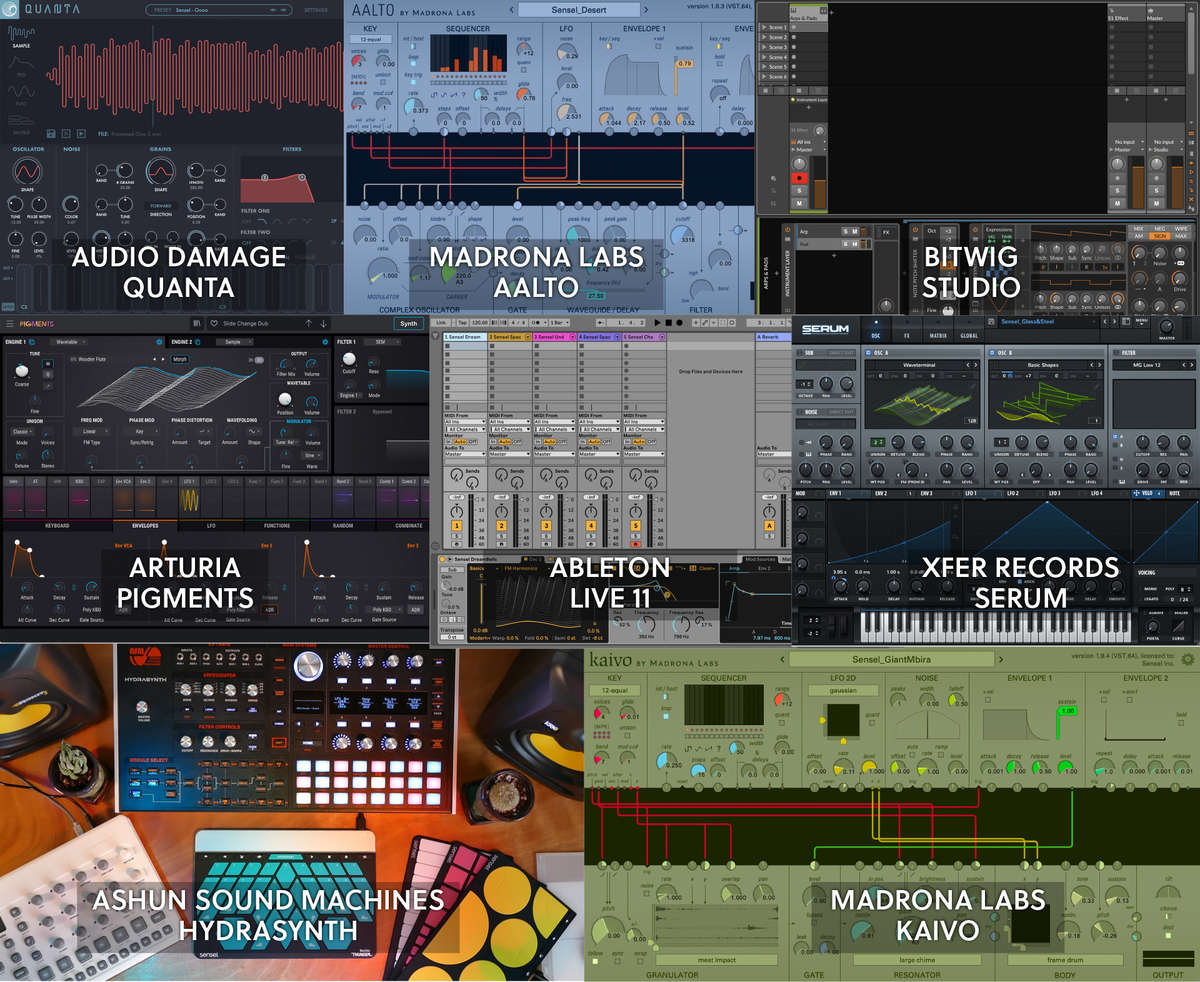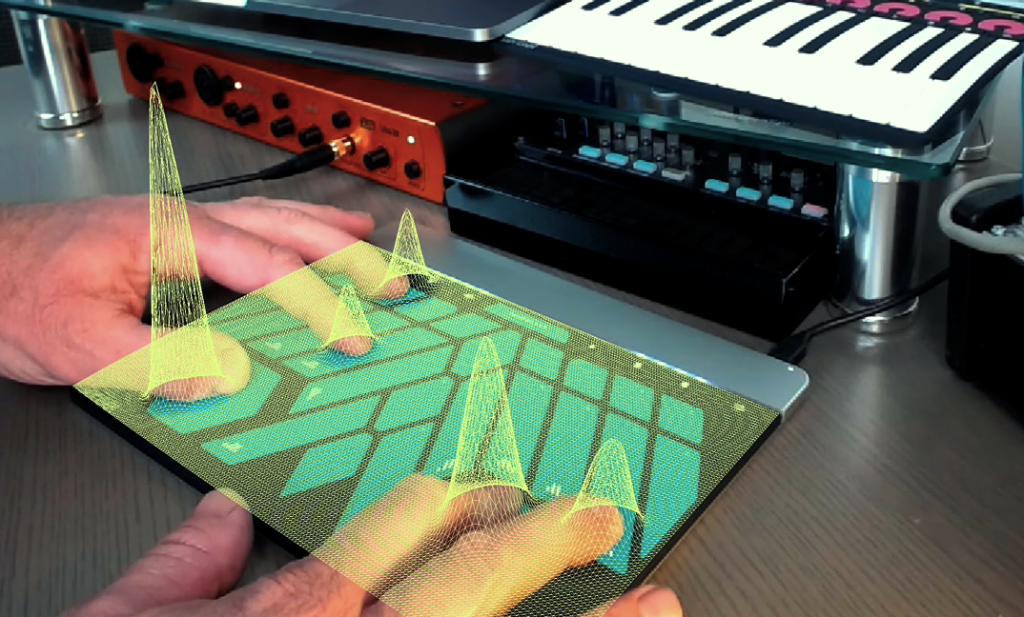MIDI Polyphonic Expression, once considered exotic, is now in favorite tools like Ableton Live 11, Xfer Serum, and Arturia Pigments. So where to get started? Our friends at Sensel just made a handy free preset pack.

Okay, let’s back up. Somehow, each time I do this, people ask – so quif MPE is so great, where are the amazing performances? Where can I hear better results?
That’s a fair question – and actually at some point it’d be great to get some round-up of virtuoso players using MPE – but it may also misunderstand what MPE does.
Here’s a stupidly simple way to look at it (or a simple, stupid way, maybe). If you think of the way we’ve tended to use sophisticated soft synths in the past, often we map all those extra timbre and modulation parameters to, well, knobs. Or we mouse around and edit after the fact. Or maybe we use the mod wheel, but then that impacts all the notes we’re playing at once, which is weird unless you’re an organist or something.

What polyphonic expression does is to put additional parameters underneath your fingertips – multiple fingertips, at once, individually, which is how almost every acoustic instrument in the world works. You’re already accustomed to doing this with velocity; now you can do it with other stuff, too. Maybe if you’ve only ever played piano or organ, that seems redundant, but to people with experience on almost any other instrument, it’s more intuitive.
That’s also why I say it’s a little hard to “prove” to someone MPE makes sense, in the same way that it’d be hard to prove velocity sensitivity was important. What would you do, show a video where people are, uh, really playing that velocity-sensitive keyboard?
It’s more about how you feel playing it than something you’d get from watching or listening to other people. But how you feel when you’re playing is important to you.
But that brings us to the real barrier for most people, which I can understand — it just isn’t always clear how to just plug in an MPE controller and start playing. ROLI’s instruments, for example, come with their own synths. That’s great. But you shouldn’t have to switch instruments just to use something – that’s the whole point of having MIDI as a standard.
So that’s why this pack from Sensel is so nice to have. It lets you choose from an array of software, one of which you probably already know and love. And then you can plug in any hardware you want.
Sensel’s Morph is already a great starting point, as I say over and over again – it’s thin and light enough to throw in your bag and carry everywhere (I do), it’s inexpensive enough to give a quick try, and you can use it for other software like video editing. (Plus it has an awesome Buchla Thunder template.) But these same presets work in other instruments, too. That includes stuff like the beautiful Roger Linn-designed Linnstrument. Roger was a driving force in helping this standard happen, and he’s the guy you should already be thanking for having your velocity-sensitive drum machine pads (he invented that technology).
We talked about Serum and sound design over the weekend, with sound designer Francis Preve. This is yet another way to discover or rediscover Serum, because now all those modulation and sound-shaping tools are literally under your hands, so you can actually improvise with them:
Sensel have a playlist of other examples, too – from granular (Quanta!) to textural options (Pigments!) …
Go grab the full download. (Email required.)
https://morph.sensel.com/pages/expressmpe
I’m frankly looking at these just to see how they’ve packaged up those presets and even learn from that, so thanks to the team there.
Previously:
Here’s our friend Rania showing off different MPE controllers:
And just for some other MPE hardware, I really love the Polyend Medusa, too:
Sequential’s OB-6 is another instrument that has added MPE input, as reported recently:
Plus about that Sequential MPE addition? Here it is with the wonderful Linnstrument. A salute to Dave, Roger, and Tom – three giants of our industry.
Now you can pick all these tools up, and be a giant of our industry, too.